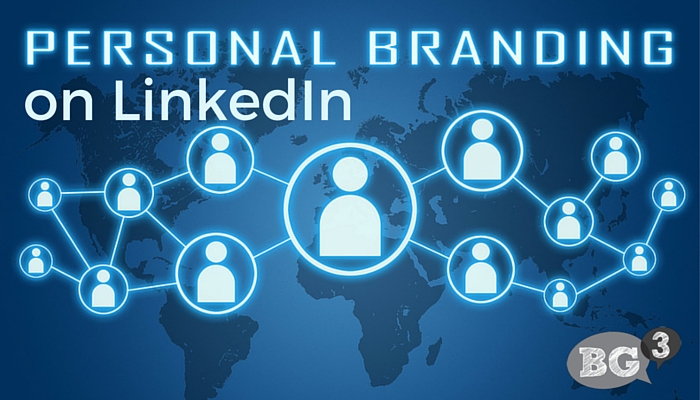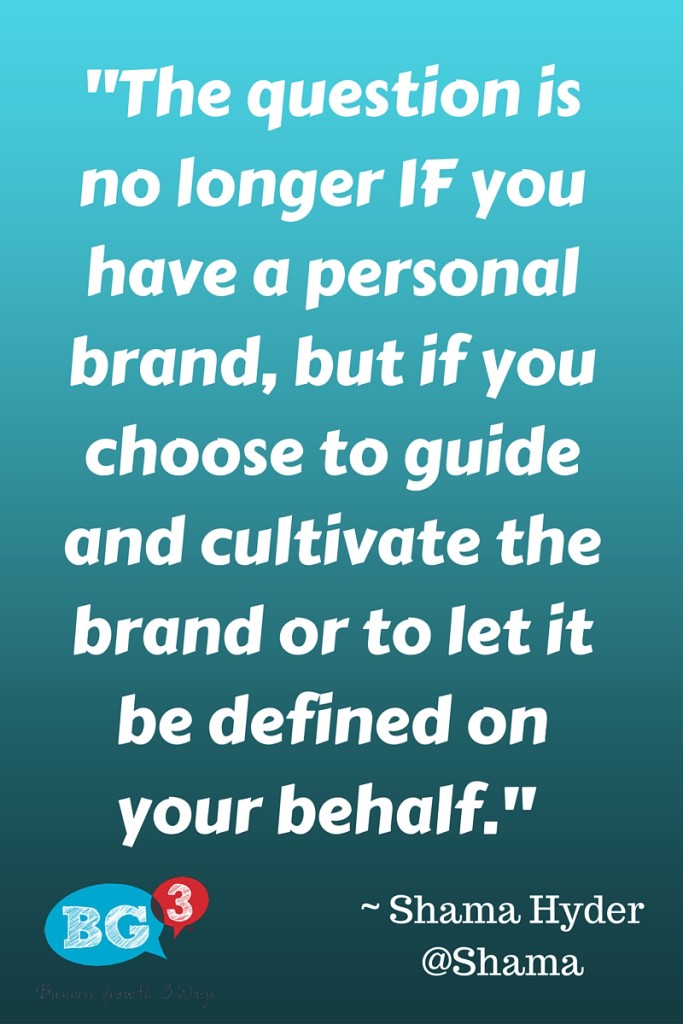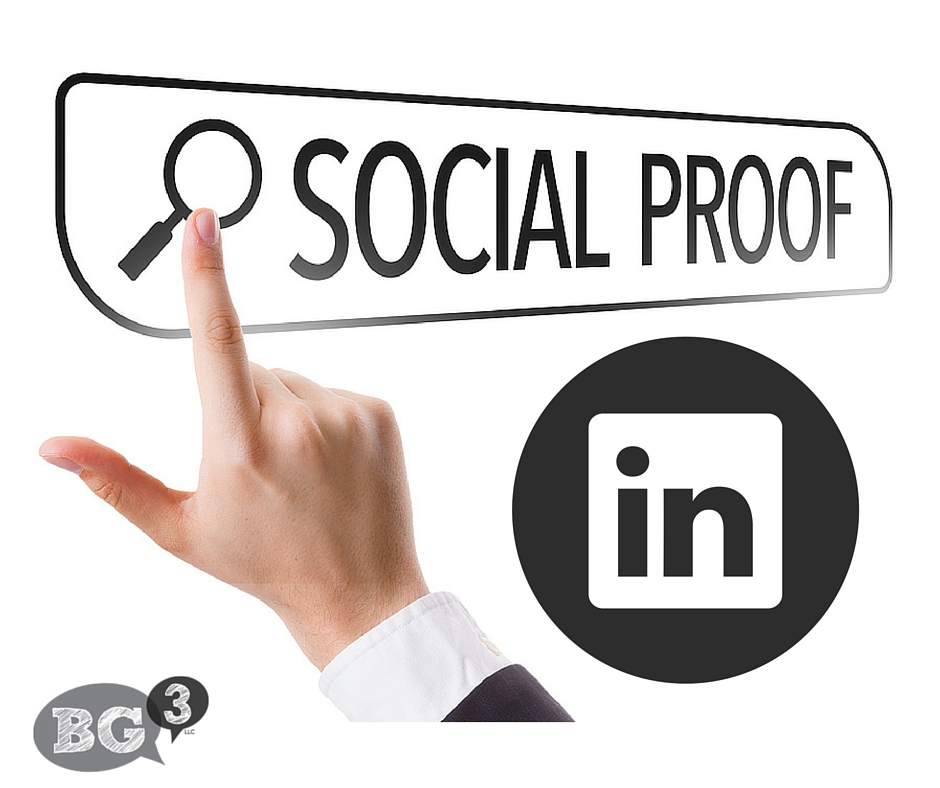
In a world of increased competition it is imperative that you stand out from the crowd when it comes to doing business. People don’t simple do business with companies; they do business with people. What you personally bring to the table is often the reason why you win (or lose) business. What we’re talking about here is your personal branding.
Your personal brand is how you appear to the world. Perhaps it’s based on your industry expertise, how you help others or how you appear in public. Whether or not you think about it, you have a personal brand.

So why is LinkedIn so important for your personal brand?
If a potential employer or prospect were to Google your name, do you know what would appear on the first page of the search results?
Of the professionals that I’ve trained, 90% of them have their LinkedIn profile appear on the first page of Google search. Your LinkedIn profile is front and center when someone is searching for you.
According to Jason Parks, CEO of The Media Captain, “Your personal Facebook, Twitter, LinkedIn and even Google+ accounts have a strong likelihood of appearing in a prominent position on Google’s search results for your name. This is because all of these sites are extremely powerful, so when you tie your personal information into an account, this carries a lot of weight to Google.”
Does your business live by word-of-mouth referrals?
Hubspot reports that 84% of B2B decision makers start the buying process from a referral. In fact, buyers complete up to 70% of their journey before ever even contacting sales (Kapost). So before someone picks up the phone to call you, they are vetting you to see what you have to offer.
With 414 million users, LinkedIn is the obvious place to learn more about someone you may potentially do business with. This is why it’s important to make sure your LinkedIn profile is telling your story the way you want it told.
Someone is searching LinkedIn for the services you provide.
With so many LinkedIn users, the best way to appear in LinkedIn search results is to fully complete your LinkedIn profile using the words and phrases that a prospect would normally use when searching for someone with your skills. We are not talking about keyword stuffing here. By providing full descriptions in each area of your LinkedIn profile, you’ll have plenty of opportunity to naturally showcase your skills and expertise.
People may not be ready to buy right now, but may be in the future.
LinkedIn provides an optimal way to stay top-of-mind with those that may be interested in doing business in the future. By keeping your profile up-to-date, posting an update regularly, and joining in on a few discussions, you’ll be staying relevant to your network. When prospects are ready to proceed, they will be more comfortable reaching out to you because you’ve stayed connected.
Social proof is the new way of marketing.
In our fast-paced society, we don’t have time for trial and error. So, we want to know what products our friends have used, which services our colleagues can recommend, and who others trust in similar situations to make our decisions quicker and easier. This is where social proof comes in.
TechCrunch shares 5 types of social proof and LinkedIn is a great platform for leveraging social proof of your personal brand. Through LinkedIn recommendations you will build “user social proof”. Participating in industry-related discussions will lend to your “expert social proof”. And, by continually growing your network and engaging in status updates, you will build your “wisdom of your friends social proof.”
People still judge a book by it’s cover…and a professional by their online presence.
Imagine for a moment that you are talking to a colleague about a problem you are having with your current bank. Your colleague suggests two commercial bankers that you should talk to about your situation. Before dialing your phone, you jump on LinkedIn to learn a little more about each banker.
You find the profile for Banker A on LinkedIn and notice that you have one person in common in your networks. You both know the colleague that referred you. You figure that’s okay since the banker only has 100 people in his network. You see that he’s been in banking for 10 years, with the last 2 spent at the bank he’s currently working. The college he attended is listed, but not much else is found on his profile.
When you look up Banker B on LinkedIn, you find a bit more information. In addition to listing the two banks he’s worked at in the last ten years, he describes the types of customers that he works with and the types of services he provides. Under this current experience listing, you notice two recommendations that he’s received from people in his network. There’s a link on his profile to an article he published on LinkedIn that highlights a case study about one of his clients. You find that you share ten connections with his network of 500+ people. In addition to seeing the university that he attended, you are also able to learn more about him through the organizations that he is part of and the volunteer roles he’s held. You also notice that he’s listed his phone number in his summary while mentioning that he welcomes your call.
Now it’s time to pick up the phone. Which banker are you going to call first?
How confident are you in your LinkedIn profile?
Would you encourage prospects to look at your profile to learn more about you?
Download Your LinkedIn Profile Audit Checklist to discover 23 ways you can improve your personal brand on LinkedIn.







